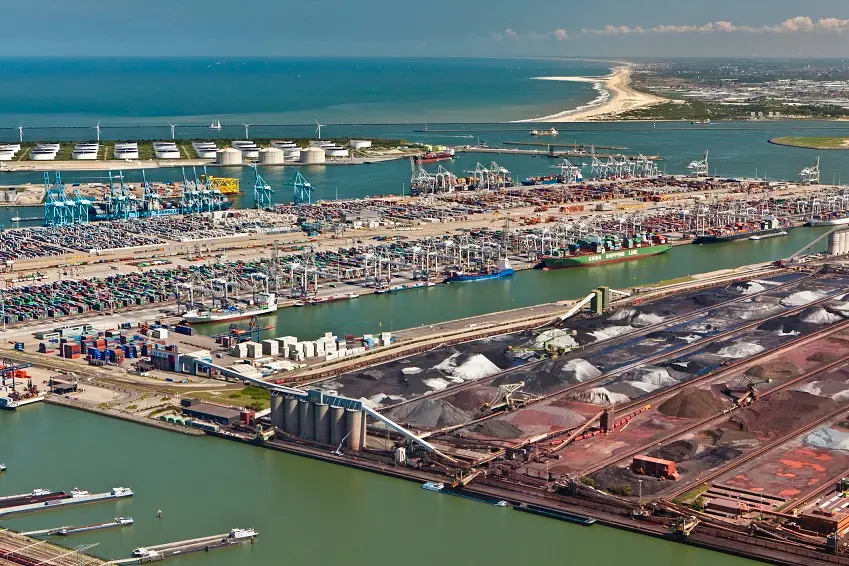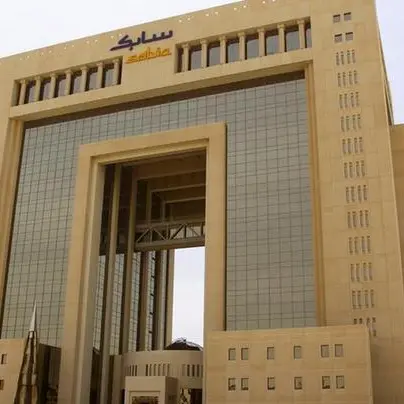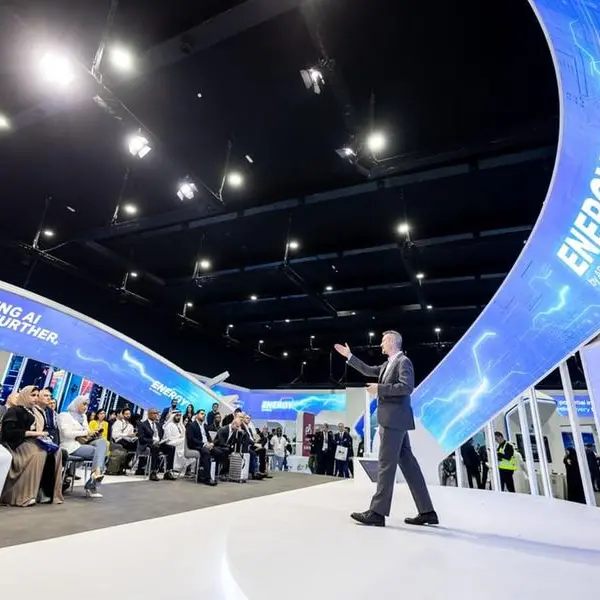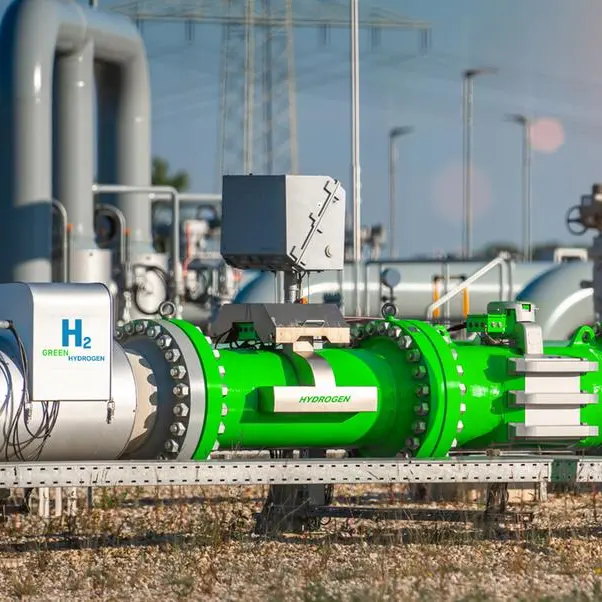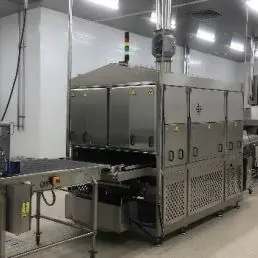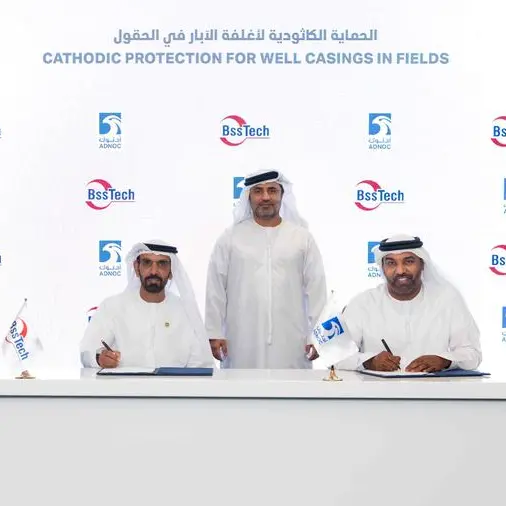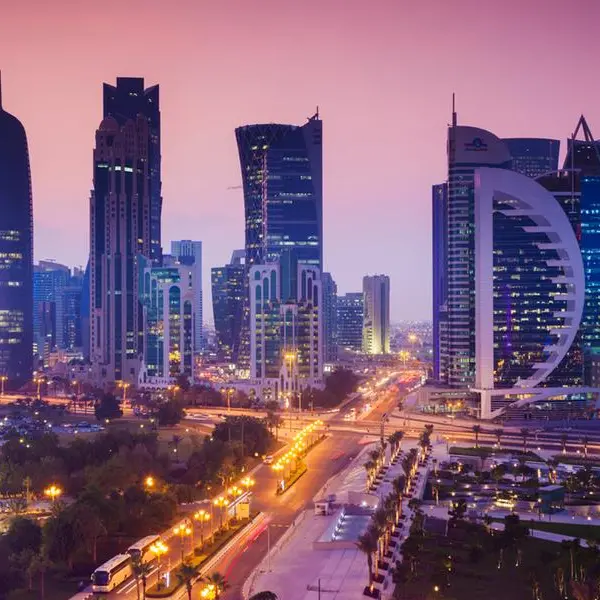PHOTO
(In 9th paragraph, half a GW corrected to 2.5 GW)
The first Liquid Organic Hydrogen Carrier (LOHC) based hydrogen transportation pilot project in the UAE is nearing the Front-End Engineering and Design (FEED) phase, according to top executives from the consortium involved.
The consortium comprises Hydrogenious LOHC Technologies, ADNOC, JERA Americas, and Uniper.
In an exclusive interview with Zawya Projects, Rafael Schmidt, Managing Director of Hydrogenious LOHC Emirates, it was revealed that the feasibility study for a 24 tonnes per day capacity pilot project is advancing towards FEED stage.


Toralf Pohl, Chief Commercial Officer at Hydrogenious LOHC Technologies, expressed optimism about the feasibility study results and the consortium's eagerness to pursue a large-scale project of over 500 tonnes/day.
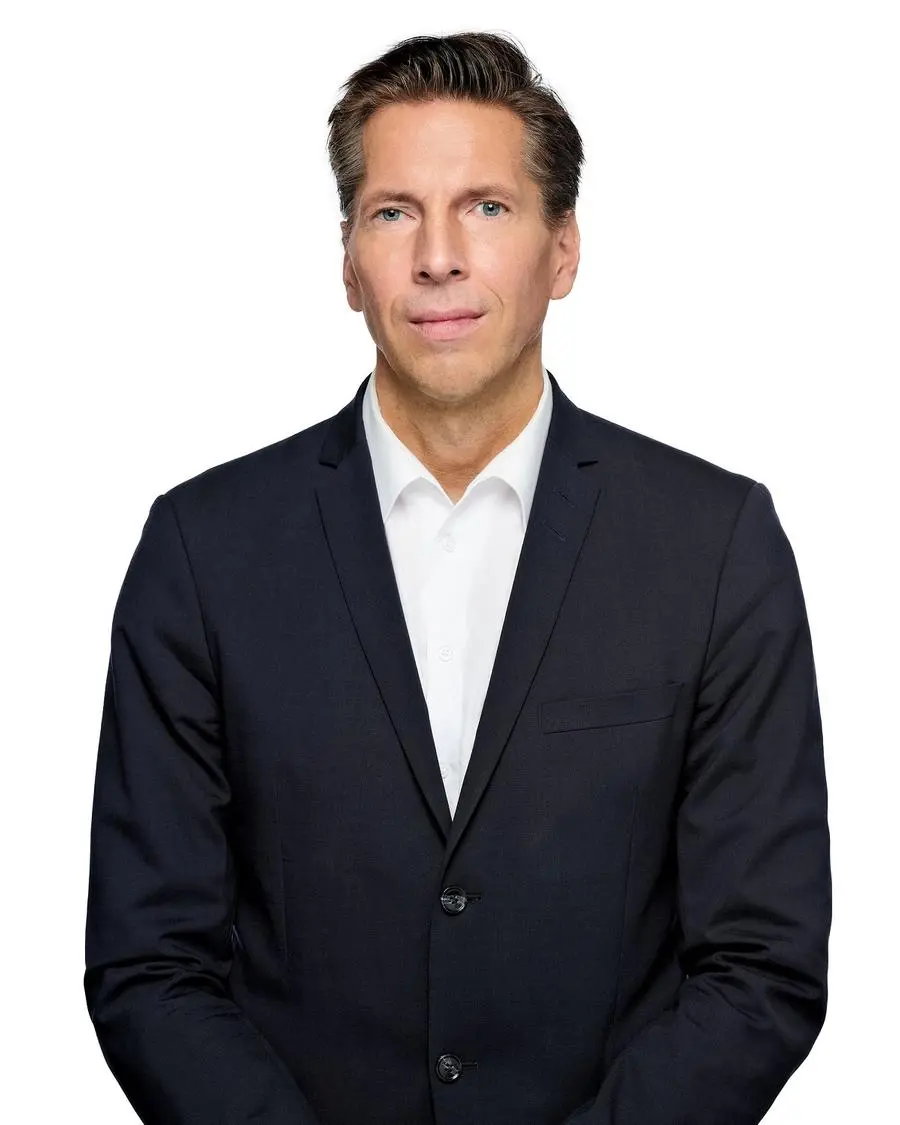

Schmidt clarified that while for the large-scale scenario, this may not be a direct FEED study. But it will serve as an extended feasibility study to define and evaluate the larger project.
The consortium's objective is to export the first hydrogen-loaded LOHC shipment from a UAE port to a port in Europe before 2030, utilising Uniper’s assets for handling and landing.
The project cost wasn’t disclosed due to non-disclosure agreements, but Schmidt mentioned that the ongoing study is assessing the location and the optimal combination of power sources, renewable and non-renewable.
"We are trying for the best setup to get the highest capacity factor," he said.
He estimated that a 500-tonne-per-day project would require approximately 2.5 gigawatts (GW) of renewables, with the potential for higher capacity depending on the renewable production's capacity factor.
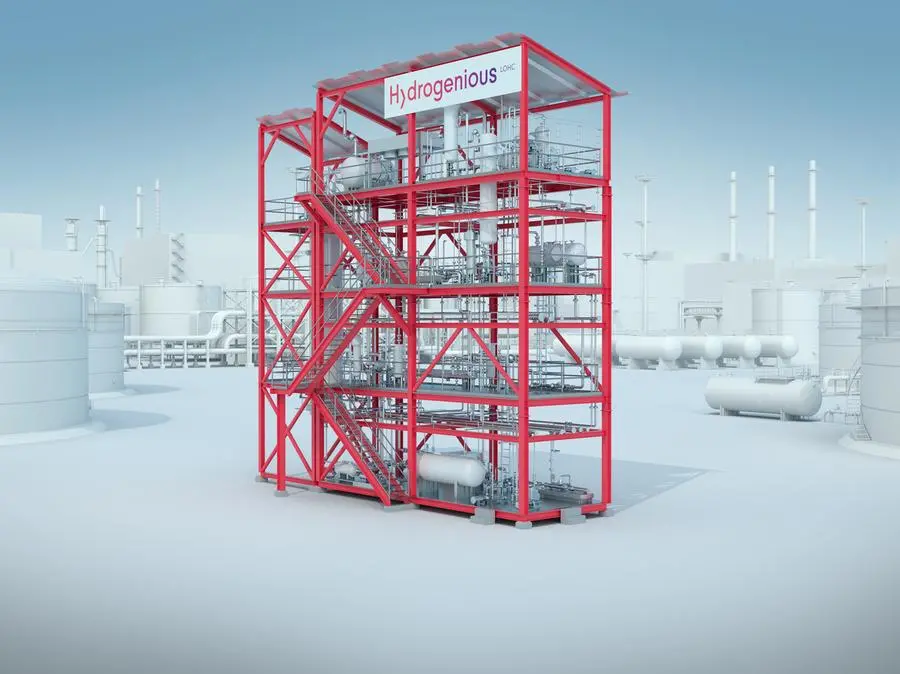

Colour of hydrogen
Schmidt emphasised that the company remains neutral regarding the colour of hydrogen, stating that they see the potential for both blue and green hydrogen landing in Europe.
"We are closely monitoring the development of certification in Europe and beyond and trying to match the project set-up to the certification scheme and the demand from different countries. The definition of the colour of hydrogen or its characteristics will depend on the receiving countries."
He said discussions with partners are ongoing to decide the best source depending on the cost structure, availability, and speedy access to clean hydrogen for larger capacities, adding that company is receptive to investments in projects involving its technology to gain investors' trust.
Government support
Government support is crucial for innovative early-stage hydrogen infrastructure projects, and Schmidt mentioned that the UAE project is one of three listed on the German Emirati Energy Partnership, receiving regular discussions at the ministerial level.
He highlighted the possibility of financial support for capital or operating expenditures for the project, citing Germany's H2Global scheme as a favourable financial mechanism.
"The upcoming bidding round of the scheme would be a good opportunity to participate," he said.
In November 2022, Germany launched a 900-million-euro auction scheme for green hydrogen imports for ammonia-based hydrogen projects with plans to allocate a further €3.5 billion for future bidding rounds up to 2036. The scheme pays for the gap between the cost of imported hydrogen and the price the off-taker can pay, enabling early-stage innovative hydrogen projects to get a head start.
Leveraging existing infrastructure
Regarding infrastructure, the executives highlighted the advantages of LOHC as a hydrogen transport vertical. LOHC can leverage existing fuel infrastructure, including pipelines, and offers safety benefits.
Schmidt explained that implementing a LOHC-based hydrogen supply chain only requires two systems: hydrogenation and dehydrogenation. This allows for rapid expansion of the supply chain using conventional oil infrastructure.
"We can do the last-mile connectivity between continents using different modes of existing transport infrastructure - continental infrastructure, river shipping, train transport, and truck transport. That's a big advantage, especially when the pipeline grid is not fully developed."
He added that ports worldwide could readily receive LOHC with existing fuel infrastructure noting that installing dehydrogenation facilities is a smaller challenge than establishing entirely new infrastructure.
Ports expressing interest in LOHC include Amsterdam, Rotterdam, Hamburg, Singapore, and London.
"There are several ongoing feasibility studies, but the plant at Port of Rotterdam would be the first one and is currently in the permitting stage", he said.
Hydrogenious is building an initial 1.5-tonne-per-day hydrogen release plant at the Port of Rotterdam in collaboration with Vopak. Additionally, they plan to establish another release plant with a capacity of 100-500 tonnes per day at the Port of Amsterdam in partnership with Avos.
Challenges
As more clarity on volumes and transportation challenges emerge, the focus of the hydrogen industry is shifting toward hydrogen transportation, recognised as a critical missing link in the supply chain.
"It becomes clear that existing technologies like ammonia and liquid hydrogen have their limitations in implementation, and therefore there is a need for another solution to counter that," he said.
"Europe's target to import 10 million tonnes of hydrogen by 2030 is where we see the demand for transport via LOHC as a viable solution. It's economical as we can use existing infrastructure," added Pohl.
Another challenge is round-trip efficiency with loading and unloading hydrogen from a chemical carrier resulting in significant energy loss, thus leading to higher delivery costs.
The IEA has pegged the round-trip efficiency of LOHC at 60-70 percent of the heat value of hydrogen.
"If the [hydrogen] storage plant heat is accounted against the heat needed by the release plant, then we are at close to 90 percent efficiency," Schmidt said.
Future projects could aim to achieve higher efficiencies by exploring applications for the heat released during storage, such as electricity production, desalination, or district heating. Release plants can be integrated with industrial heat sources like steel or waste incineration plants to reduce energy consumption.
The company is also exploring an innovative, fully integrated LOHC-SOFC (Solid Oxide Fuel Cell) combination to power ships, opening possibilities for hydrogen-powered vessels on a megawatt scale. This solution involves converting the hydrogen released from LOHC to electricity using a SOFC device, with excess heat from the SOFC device meeting the heat demand of the LOHC release unit, thereby increasing overall efficiency.
Future plans
Looking ahead, Schmidt sees the Middle East as the earliest region ready to ship and export significant volumes of hydrogen, with Europe being the primary demand centre.
“The idea is to extend our footprint rapidly in these regions to implement the transport route from the Middle East to Europe,” he said.
"Besides the UAE, Saudi Arabia, Oman, Egypt, and Morocco are of interest due to their hydrogen production potential and proximity to European off-take centres. Hydrogenious is in contact with various partners in these countries to explore concrete projects," concluded Pohl.
(Reporting by Sowmya Sundar; Editing by Anoop Menon)
